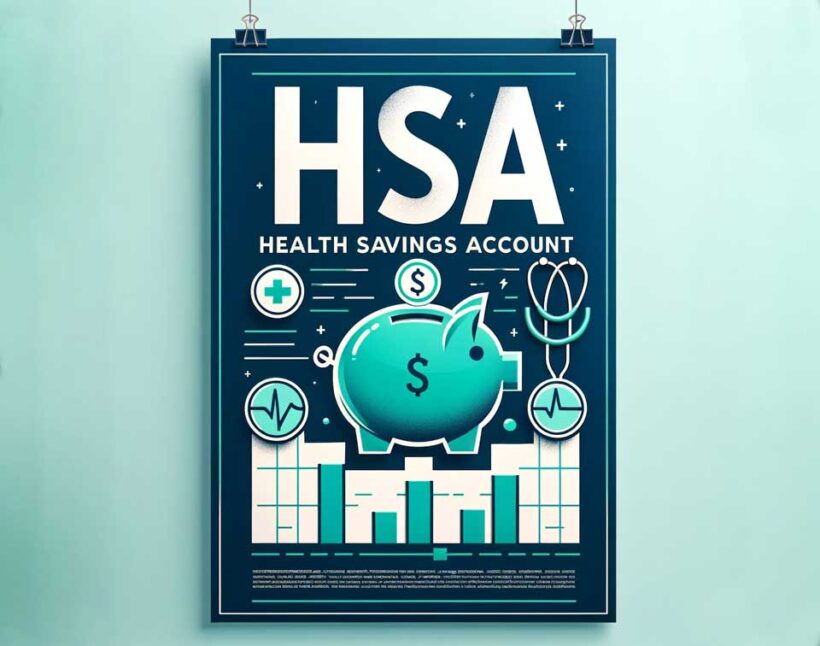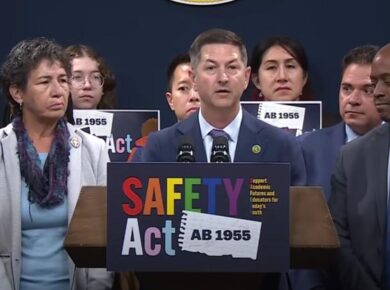In 2024, Health Savings Accounts (HSAs) and Flexible Spending Accounts (FSAs) will see changes in their contribution limits, reflecting the ongoing adjustments for inflation and economic changes. Here’s a detailed overview of these adjustments:
Health Savings Accounts (HSAs)
- Contribution Limits:
- Individual Coverage: The contribution limit for individuals is set at $4,150, a significant increase from the 2023 limit of $3,850.
- Family Coverage: The family coverage contribution limit has risen to $8,300, up from $7,750 in 2023.
- Catch-Up Contributions: Individuals aged 55 and older are eligible to make an additional catch-up contribution of $1,000.
- Eligibility: To contribute to an HSA, individuals must be enrolled in an HSA-eligible health plan.
Flexible Spending Accounts (FSAs)
- Health Care FSAs:
- Dependent Care FSAs:
- Contribution Limit: The maximum contribution for dependent care FSAs remains unchanged at $5,000 per year per household, or $2,500 for married individuals filing separately.
Analysis and Comparison
The increases in contribution limits for both HSAs and FSAs in 2024 reflect an ongoing trend to accommodate rising healthcare costs and provide individuals with more flexibility in managing their healthcare expenses. The higher contribution limits for HSAs are particularly significant, as they offer individuals and families the opportunity to set aside more funds for medical expenses on a tax-advantaged basis. Similarly, the increase in FSA limits, though more modest, still provides an essential benefit for individuals seeking to manage their healthcare expenditures effectively.
These adjustments are part of a broader strategy by financial and governmental institutions to ensure that healthcare savings accounts remain relevant and beneficial in the face of inflation and changing economic conditions. As healthcare costs continue to rise, these accounts play a critical role in helping individuals manage their medical expenses more effectively.
It’s important for individuals to stay informed about these changes and consider how they might impact their financial planning and healthcare strategies. Those eligible for HSAs and FSAs should review their contributions in light of the new limits to maximize the benefits these accounts offer.
FSA and HSA limits for the years 2022, 2023, and 2024
| Year | FSA Health Care Limit | FSA Dependent Care Limit | HSA Individual Limit | HSA Family Limit | HSA Catch-Up Contribution (55+) |
|---|---|---|---|---|---|
| 2022 | $2,850 | $5,000 | $3,650 | $7,300 | $1,000 |
| 2023 | $3,050 | $5,000 | $3,850 | $7,750 | $1,000 |
| 2024 | $3,200 | $5,000 | $4,150 | $8,300 | $1,000 |
- FSA Health Care Limit: This is the annual contribution limit for healthcare FSAs.
- FSA Dependent Care Limit: This is the annual contribution limit for dependent care FSAs.
- HSA Individual Limit: This is the annual contribution limit for HSAs for individual coverage.
- HSA Family Limit: This is the annual contribution limit for HSAs for family coverage.
- HSA Catch-Up Contribution: This is the additional amount individuals aged 55 and older can contribute to their HSA.
Please note that the FSA and HSA limits can change based on inflation and other factors, and it’s always good to check for the latest updates.
FSA vs. HSA: Which is better?
Choosing between a Health Savings Account (HSA) and a Flexible Spending Account (FSA) depends on your individual healthcare needs, financial situation, and eligibility:
- Eligibility: HSAs are only available to those enrolled in a high-deductible health plan (HDHP), while FSAs are typically offered by employers regardless of the health plan.
- Contributions and Rollovers: HSAs have higher contribution limits and allow funds to roll over year after year. FSAs generally have a “use it or lose it” policy, although some plans allow a rollover of a limited amount.
- Investment Potential: HSA funds can be invested and grow tax-free, which is not an option with FSAs.
- Tax Benefits: Both offer tax benefits, but HSAs provide additional tax advantages at withdrawal if used for qualified medical expenses.
- Accessibility: FSAs are employer-dependent, whereas HSAs are owned by the individual and remain with them regardless of employment changes.
- Flexibility: HSAs offer more flexibility in terms of fund accumulation and usage over time.
In summary, if you’re eligible for an HSA and comfortable with a high-deductible plan, it might offer greater long-term benefits and flexibility. However, if you’re not eligible for an HSA or prefer the certainty of a lower deductible plan, an FSA can still offer significant tax savings on healthcare expenses. It’s important to assess your personal healthcare needs and financial situation to make the best choice.
What are the IRS index figures for 2024?
The IRS has announced several key inflation adjustments for the tax year 2024. These include changes to standard deductions, tax rate schedules, and other tax provisions:
- Standard Deduction:
- Married couples filing jointly: $29,200 (up $1,500 from 2023).
- Single taxpayers and married individuals filing separately: $14,600 (up $750 from 2023).
- Heads of households: $21,900 (up $1,100 from 2023).
- Marginal Tax Rates:
- Top tax rate of 37% for single taxpayers with incomes over $609,350 ($731,200 for married couples filing jointly).
- Other rates range from 35% to 10% for various income thresholds.
- Alternative Minimum Tax (AMT) Exemption:
- $85,700, phasing out at $609,350 for singles ($133,300 for married couples filing jointly, phasing out at $1,218,700).
- Earned Income Tax Credit (EITC):
- The maximum amount of $7,830 for taxpayers with three or more qualifying children.
- Qualified Transportation and Parking Benefits:
- The monthly limitation increases to $315.
- Health Flexible Spending Arrangements (FSA):
- Contribution limit of $3,200; maximum carryover amount of $640.
These adjustments reflect the IRS’s ongoing efforts to account for inflation and to adjust tax-related figures accordingly, impacting a wide range of tax provisions for 2024 (Source).
2024 Adoption Assistance Exclusion and Adoption Credit
For the tax year 2024, the maximum credit allowed for adoptions, including children with special needs, is set at $16,810. This amount represents an increase from the 2023 limit of $15,950. The 2024 adoption assistance limit, which is the maximum amount that can be excluded from an employee’s gross income through an adoption assistance program, is also $16,810.
These adjustments reflect the ongoing effort to support families in the adoption process, acknowledging the significant expenses involved. The increased limits provide a higher level of financial assistance and tax relief for those undertaking this important commitment.
Excess Contributions Penalty
The penalties for making excess contributions to a Health Savings Account (HSA) or Flexible Spending Account (FSA) differ:
- HSA Excess Contributions:
- Excess contributions to an HSA are taxed at 6% per year as long as they remain in the account.
- To avoid the penalty, you can withdraw the excess contribution (and any earnings on it) before the tax filing deadline, including extensions.
- FSA Excess Contributions:
- For FSAs, excess contributions are generally not allowed as these accounts are employer-established with set contribution limits.
- Any excess amount could be subject to tax and penalties under IRS rules.
The information in this blog post is for educational purposes only. It is not legal or tax advice. For legal or tax advice, you should consult your own legal counsel, and tax and investment advisers.










